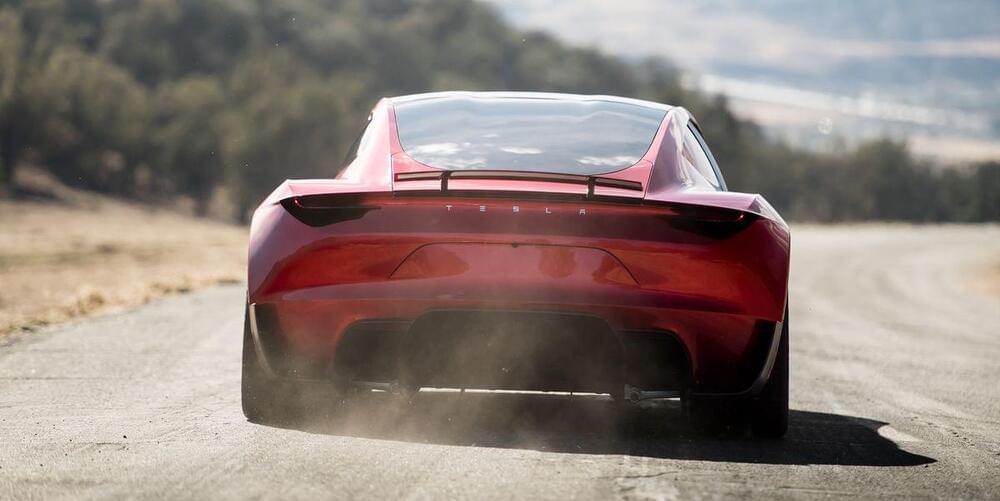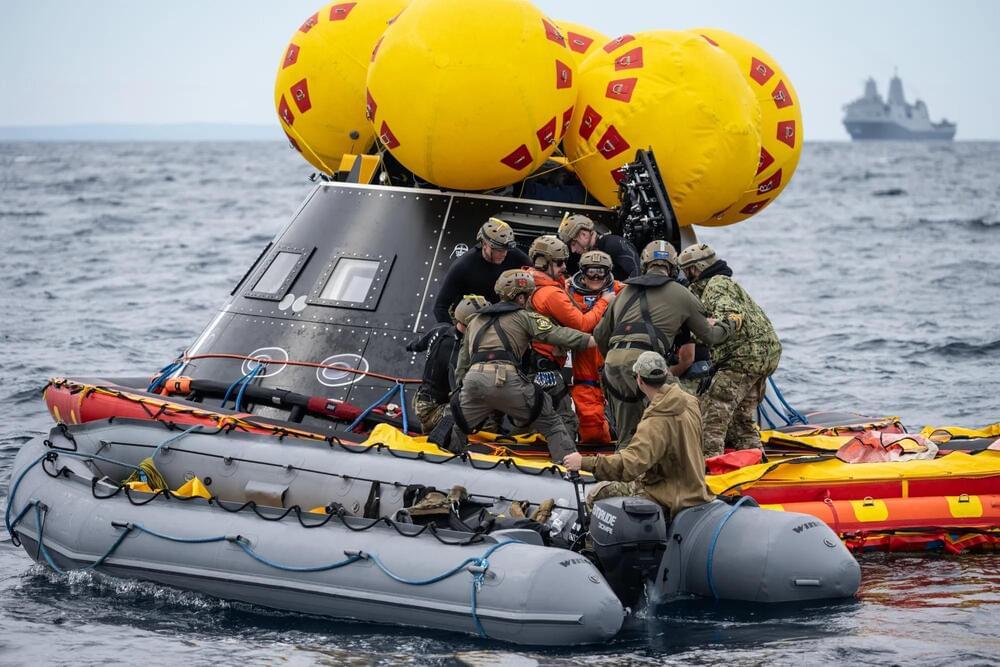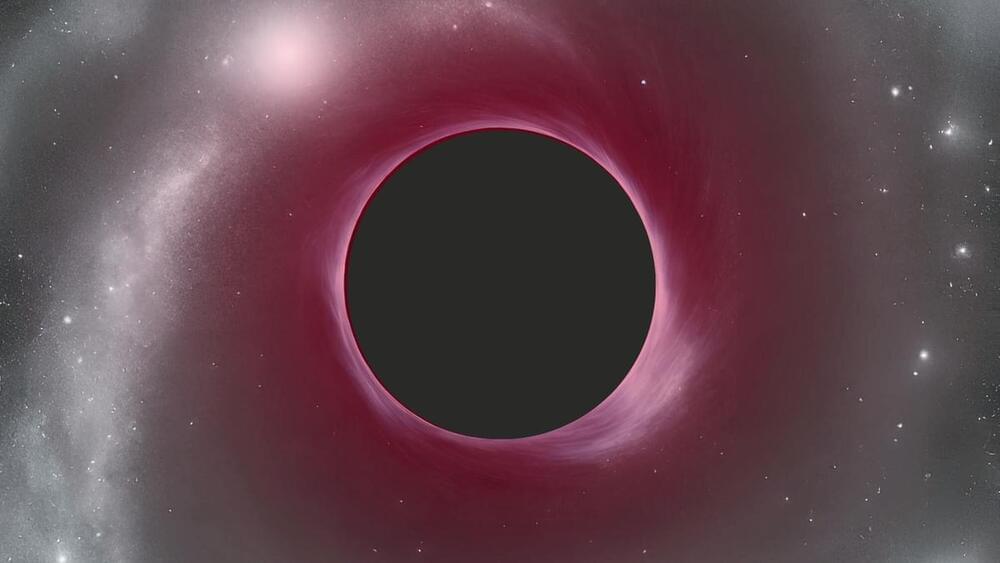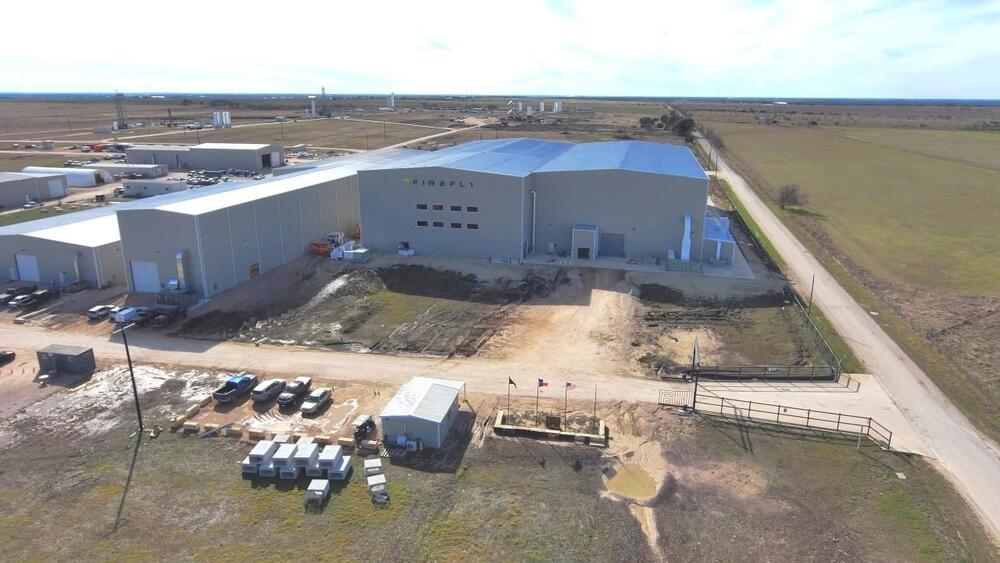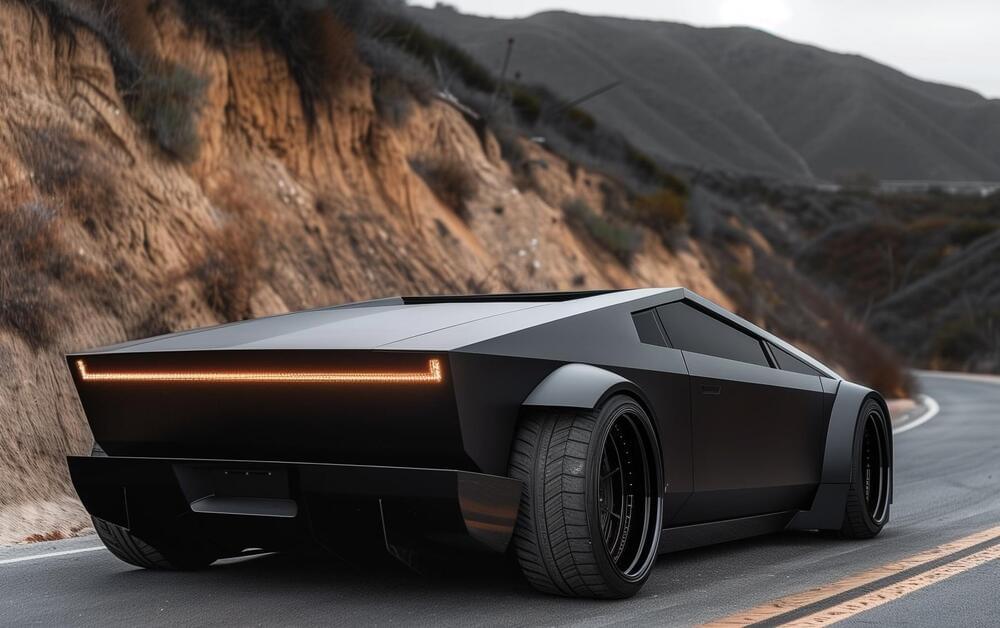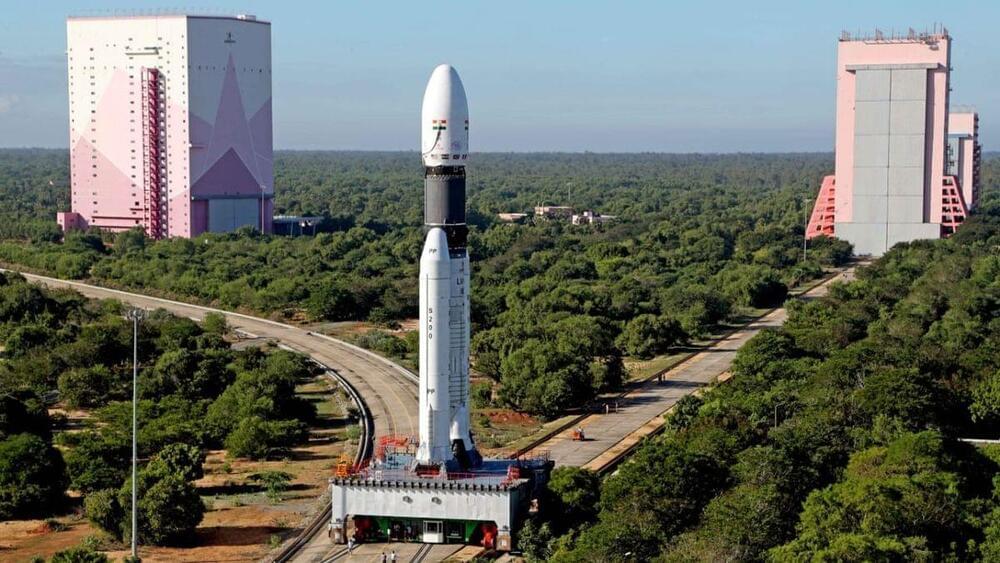One of the most crucial steps—if not the most crucial step—in safely returning astronauts to the Earth from space is the recovery process. This can happen either on land or sea, but for NASA’s upcoming Artemis II mission, the Orion capsule will be conducting a splashdown like the Mercury, Gemini, Apollo, and currently SpaceX Dragon capsules. This is why the Artemis II crew recently participated in Underway Recovert Test 11 (URT-11) on Febraury 24, which was the 11th scheduled mockup recovery test using a mockup capsule designed to simulate the exact conditions they will endure after splashing down from their historic mission.
NASA Artemis II crew members and U.S. Navy personnel seen participating in Underway Recovery Test 11 (URT-11) in the Pacific Ocean on Feb. 25, 2024. (Credit: NASA/Kenny Allen)
“Our highly choreographed recovery operations will help ensure the final phase of NASA’s first crewed mission to the Moon in more than 50 years ends as a success,” Lili Villareal, who is NASA’s landing and recovery director, said in a statement.

